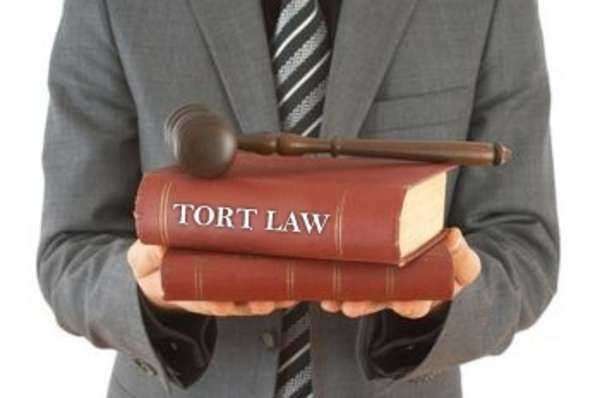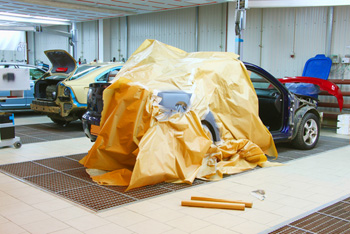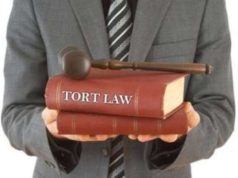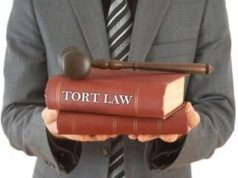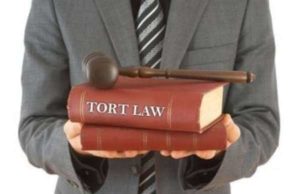
Res ipsa loquitur
The term itself, res ipsa loquitur, is Latin for “the thing speaks for itself”. In relation to negligence, the thing would be the negligent act that caused such injury. It is a type of circumstantial evidence, which is evidence that serves as indirect proof for a fact in a case. This evidence may derive from several different tests conducted, to make an assumption that the accident caused was due to a negligent act by the defendant, without showing any direct evidence.
For example, if a person slipped on ice that was left on the steps of an office building, and fell on their back severely injuring themselves, a witness would corroborate the story. That witness’s account would be a direct evidence toward proving that the owner of the building was negligent for not having the ice removed from the steps.
However, if no witness was available at the time, and no security cameras to show the fall either, then the plaintiff could turn to circumstantial evidence. Perhaps a person would go over and photograph the steps immediately after the accident, or even a day later. If the ice has melted at this time, a scientist can perhaps prove that there was ice there at a given time through a series of tests. These tests results would serve as circumstantial evidence on behalf of the plaintiff.




